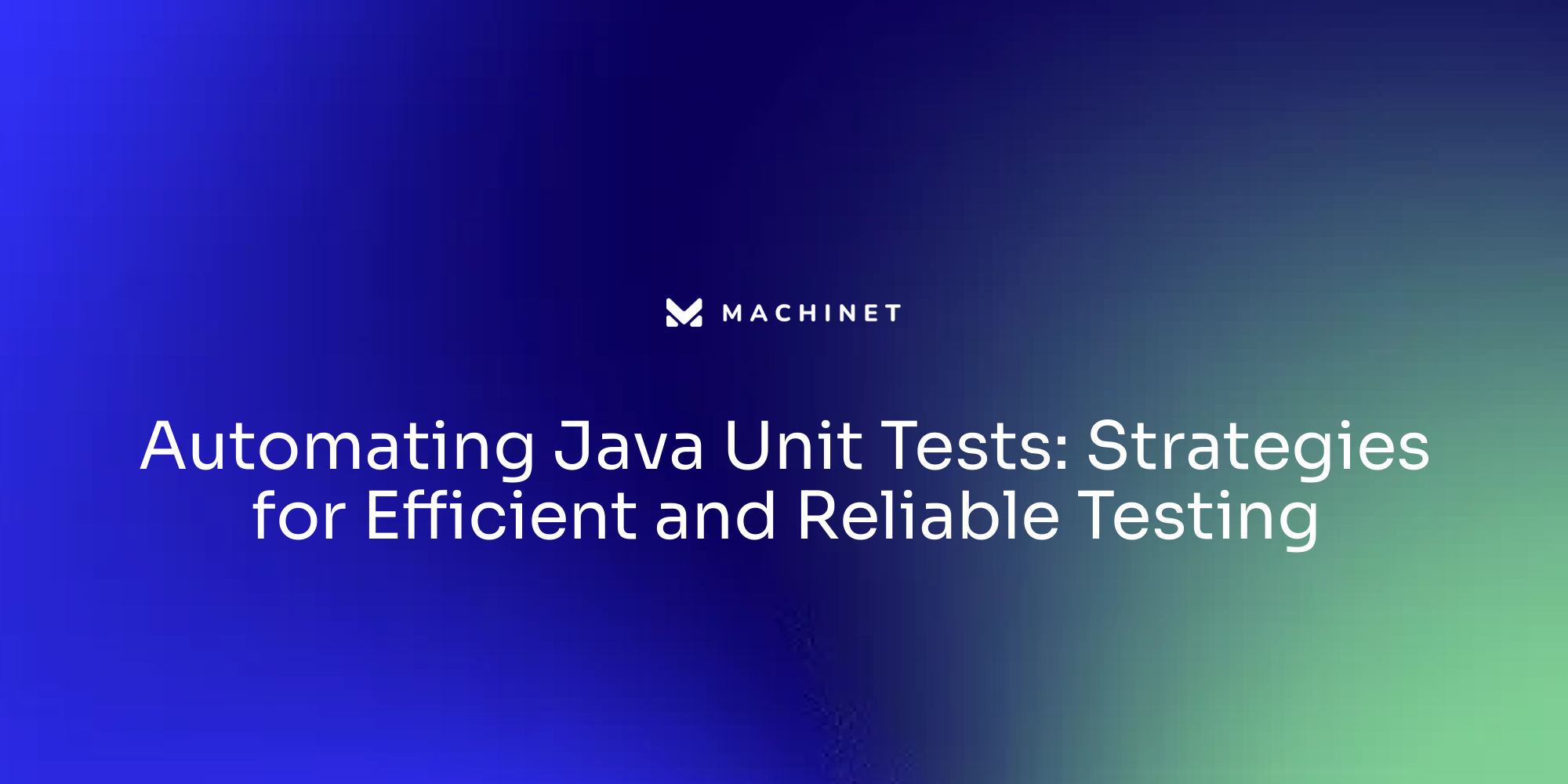
Table of Contents
- Introduction
- Introduction to AI-Powered Productivity Tools
- Addressing Technical Debt in Software Development
- Best Practices for Managing Technical Debt with AI-Powered Productivity Tools
- Streamlining Software Development with AI-Powered Productivity Tools
- Economic Potential of AI in Software Development
- Conclusion
Introduction
In today's fast-paced software development landscape, the need for efficient and productive coding practices is more critical than ever. Developers face various challenges, including technical debt, budget limitations, and cybersecurity threats, which can hinder productivity and hinder progress. However, with the emergence of AI-powered productivity tools, developers now have access to advanced solutions that can streamline their development processes and address these challenges effectively.
Introduction to AI-Powered Productivity Tools
AI-powered productivity tools are revolutionizing the software development industry by leveraging artificial intelligence to enhance efficiency and effectiveness. These tools offer a wide range of benefits, including automated code generation, intelligent code refactoring, automated unit test generation, and AI chatbot support. By utilizing AI, developers can streamline their coding process, reduce errors, and optimize productivity.
Experience the power of AI-assisted coding and automated unit test generation with Machinet.
Addressing Technical Debt in Software Development
Technical debt refers to the accumulation of suboptimal code, design, and development practices that impede software development progress. It often arises due to budget limitations or time constraints, resulting in inefficient or poorly structured code. AI-powered productivity tools offer solutions for managing technical debt effectively. By automating tasks such as code refactoring and design improvement, these tools can help developers identify and prioritize technical debt, reducing friction in the software development process.
Best Practices for Managing Technical Debt with AI-Powered Productivity Tools
To effectively manage technical debt, developers can implement a range of best practices using AI-powered productivity tools:
- Identifying and prioritizing technical debt: AI-powered tools can analyze code repositories and identify areas with the highest technical debt. By prioritizing these areas, developers can focus their efforts on optimizing critical sections of the codebase.
- Automating the generation of unit tests: Experience the power of AI-assisted coding and automated unit test generation with Machinet. AI-powered tools, such as Machinet, can generate comprehensive unit tests using popular frameworks like JUnit and Mockito. This ensures that the code is thoroughly tested and reliable, reducing the risk of introducing new bugs or issues during development.
- Leveraging AI-powered tools for automated code refactoring and design improvement: AI-powered productivity tools can analyze code and suggest improvements, such as refactoring complex code blocks or optimizing algorithm efficiency. By automating these tasks, developers can save time and improve the overall quality of their code.
- Incorporating AI chatbot development software for efficient issue resolution: AI chatbots can provide developers with instant support and guidance, helping them resolve coding issues quickly. These chatbots can understand context and provide relevant solutions, reducing the time spent on troubleshooting and problem-solving.
- Enhancing software quality assurance process with AI-powered tools: AI-powered tools can analyze code and identify potential vulnerabilities or defects. By integrating these tools into the software quality assurance process, developers can proactively address issues before they impact the end-user.
- Managing risks in software development through AI-enabled software development: AI-powered tools can help developers identify potential risks and vulnerabilities in code and provide recommendations for mitigating them. By utilizing these tools, developers can reduce the risk of security breaches or system failures.
- Streamlining Software Development with AI-Powered Productivity Tools
AI-powered productivity tools offer various ways to streamline software development processes:
- Optimizing the software development process with AI tools and techniques: AI-powered tools can automate repetitive tasks, such as code generation or refactoring, freeing up developers' time for more complex and critical tasks.
- Increasing productivity and efficiency through AI-powered automation: AI-powered tools can automate time-consuming tasks, such as code reviews or documentation, allowing developers to focus on core development activities.
- Utilizing AI for automated test data generation and test case management: AI-powered tools can generate realistic test data and manage test cases, ensuring comprehensive and efficient testing.
- Leveraging AI for unsupervised code translation and automated software engineering projects: AI-powered tools can assist in tasks like code translation, optimizing code for different platforms or languages, and automating software engineering projects.
- Enhancing code quality and reducing technical debt through AI-driven unit testing frameworks: AI-powered tools can automatically generate unit tests, ensuring comprehensive code coverage and reducing the likelihood of introducing new bugs or issues.
Economic Potential of AI in Software Development
AI-powered productivity tools have significant economic potential in software development:
- Exploring the economic impact of AI-powered productivity tools in software development: By streamlining development processes and improving productivity, AI-powered tools can reduce development costs and time-to-market, leading to significant economic benefits.
- Cost savings and efficiency improvements through AI automation: AI-powered tools can automate time-consuming tasks, reducing the need for manual intervention and saving costs associated with human resources.
- Case studies and success stories of organizations leveraging AI in software development: Many organizations have successfully implemented AI-powered productivity tools, achieving improved productivity, reduced technical debt, and enhanced code quality.
- Future trends and potential growth areas for AI in software development: The use of AI in software development is continuously evolving, and future trends include more advanced AI models, increased integration with development environments, and enhanced collaboration between AI and developers.
- Conclusion
In conclusion, AI-powered productivity tools offer significant benefits for developers and teams looking to streamline their software development processes. These tools can tackle challenges such as technical debt, budget limitations, and cybersecurity threats, while improving productivity, code quality, and efficiency.
By leveraging AI-enabled software development, developers can effectively manage and reduce technical debt, leading to more successful software development projects. As the software development landscape continues to evolve, AI-powered productivity tools will play a crucial role in driving innovation and helping developers achieve higher levels of productivity.
Experience the power of AI-assisted coding and automated unit test generation with Machinet.
AI agent for developers
Boost your productivity with Mate. Easily connect your project, generate code, and debug smarter - all powered by AI.
Do you want to solve problems like this faster? Download Mate for free now.




